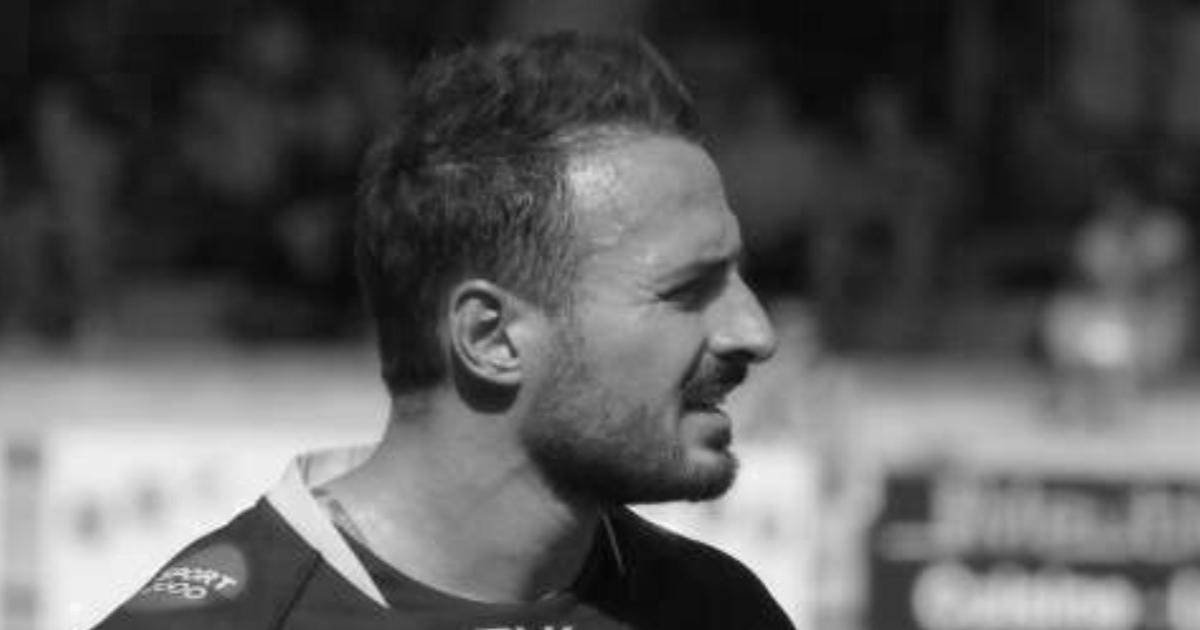If humans disappear, what will happen to our dogs?

Many people consider dogs to be our best friends. But have you ever wondered what would happen to your dog if we suddenly disappeared? Can domestic dogs do without humans?
At least 80% of the billions of dogs on earth live free and independent lives, which gives us some clues.
What would our dogs be if we weren’t there to influence and care for them?
What is a dog?
Dogs hold the title of the most successful domesticated species on earth. Over the millennia, they have evolved under our watchful eye. More recently, selective breeding has led to human-induced diversification, giving rise to unique breeds ranging from the majestic Great Dane to the tiny Chihuahua.
Humans’ quest to find the ideal canine companion has given rise to more than 400 breeds, each with a unique combination of physical and behavioral characteristics. Originally, dogs were bred primarily to perform tasks that were useful to us, such as herding, hunting, and protection. This practice has been established only in the last 200 years.
According to some experts, the pet role is just another type of work for which humans breed dogs, with more emphasis on appearance. Breeders play an important role in this, as they deliberately select desirable traits and thus influence the future direction of the species.
National Police Dogs, Exceptional Agents
Are we good for dogs?
We know that some of the traits we love have serious implications for an animal’s health and well-being. Therefore, flat-faced dogs have difficulty breathing due to their narrow nasal passages and short airways. This lack of air can trigger an asthma attack. These dogs are prone to skin, eye and dental problems more frequently than long nosed animals.
Many modern dogs require medical intervention to reproduce. Therefore, giving birth to French Bulldogs and Chihuahuas often requires a caesarean section, because the puppies’ heads are too large compared to the width of the mother’s pelvis. This reliance on surgery for reproduction illustrates the profound impact of intensive selective breeding on dogs.
While pet dogs benefit greatly from being part of a human family, some live very isolated and controlled lives in which they have little opportunity to make choices—an important element to their happiness.
Dogs without humans
Now imagine a world where dogs are no longer subject to human selection and care. The immediate results will be shocking. Species whose basic needs, such as food, shelter and health care, are largely dependent on us, will struggle to adapt, and many will succumb to the harsh realities of life without human support.
However, this probably only affects less than 20% of dogs (which is roughly the same as the people living in our homes). Most of the world’s dogs are free-roaming. This phenomenon is very common in Europe, Africa and Asia.
Although these dogs are not domesticated in the traditional sense, they coexist with humans. As a result, their survival depends almost entirely on man-made resources, such as landfills and donated food. In the absence of humans, natural selection would quickly set in. Dogs lacking traits necessary for their survival, such as adaptability, hunting ability, disease resistance, parental instinct and sociability, will gradually decline.
Extremely large or small dogs will be at a disadvantage, as size influences caloric requirements, environmental regulation of body temperature, and vulnerability to predators.
Limited behavioral strategies, such as being too afraid to explore new places, will also be detrimental. And although neutered dogs may have traits that are beneficial to survival, they will not be able to pass their genes on to future generations.
No more hybrid races
Eventually, a new type of dog would emerge, one determined by health and behavioral success rather than human taste.
Dogs do not mate exclusively with members of their own species and may choose to be very different from them when given the opportunity. Over time, the separate breeds decay, and spontaneous mating leads to a “village dog” appearance, similar to the “camp dogs” of various indigenous communities in Australia and the dogs we see in Southeast Asia.
These dogs are usually medium-sized, with a balanced build, a short coat of various colors, and straight ears and tail. However, factors such as climate can lead to regional variations such as a bushier coat.
Over time, dogs will revert to a wild canine lifestyle. These animals will probably adopt social and feeding behaviors similar to those of their extant wild descendants, such as the Australian dingo. They may live in small family groups on defined territories, return annually during the breeding season, engage in social hunting, and receive attentive parental care (especially from the father).
Certain tribes, especially herders and those already living independently in villages or in the wild, will have an easier transition.
What is the good life of a dog
In their book The Forest Calls, Jessica Pierce and Mark Bekoff explore the idea of preparing our dogs for a future without humans. They encourage us to give them more autonomy and therefore happiness. This could mean letting them choose the direction of their walk or taking their time sniffing the trees.
When thinking about a possible future without humans, a question arises: are our actions towards dogs sustainable, in their best interest and consistent with their nature? Or do they rather conform to our desires?
By thinking about how dogs can live without us, we can find ways to improve their lives with us.![]()
![]()
Bradley Smith, Senior Lecturer in Psychology, CQUniversity Australia and Mia Cobb, Research Fellow, Animal Welfare Science Center, University of Melbourne
This article is republished from The Conversation under a Creative Commons license. Read the original article.





